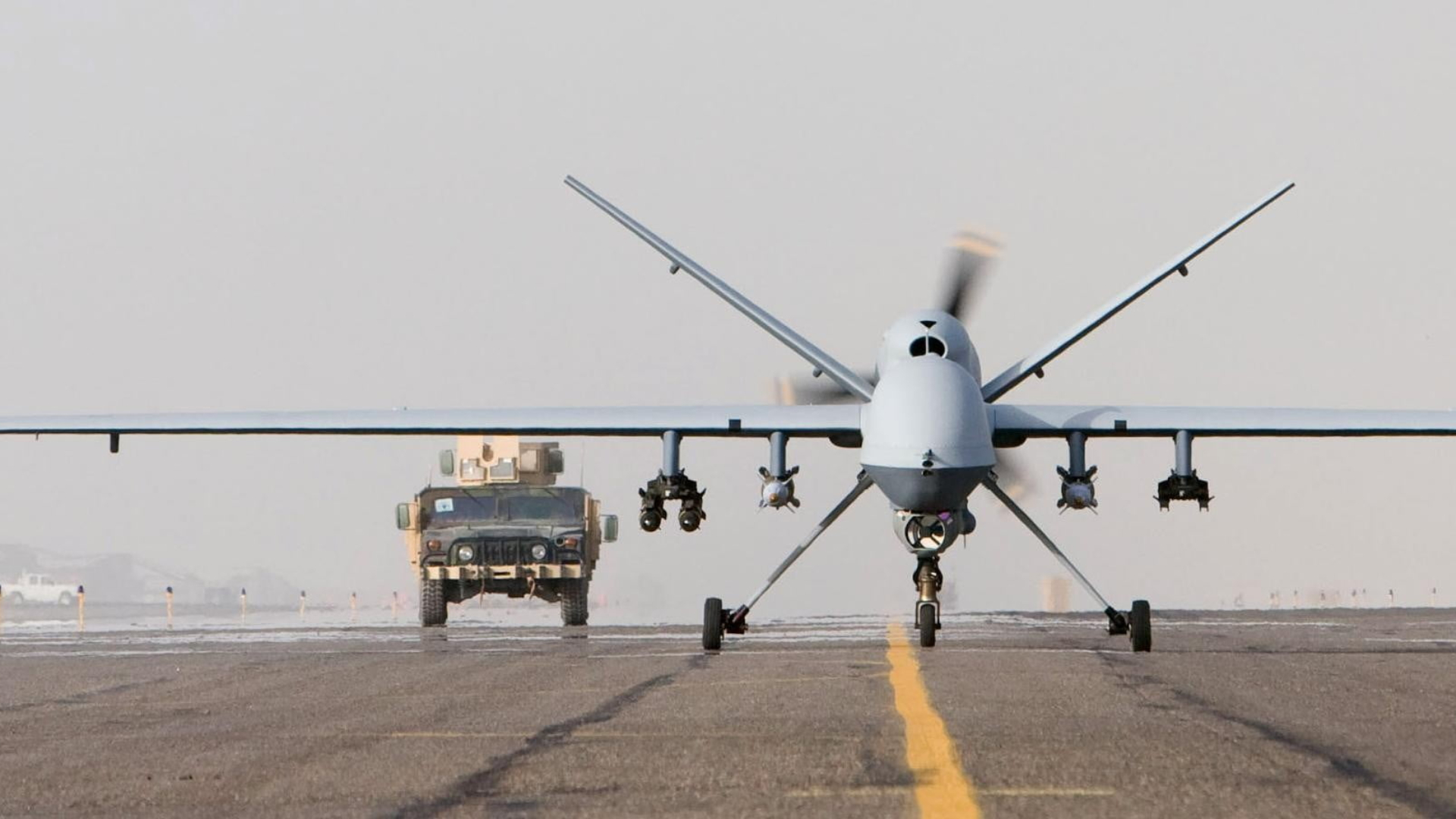NANOTECHNOLOGIES IN THE AVIATION INDUSTRY
Today, billions of mobile devices with extraordinary power are uniting with advancements in robotics artificial intelligence, nanotechnology, and so much more. -Steve Mollenkopf
The development of nanotech has been a blessing to many sectors, more so the aviation industry. Thanks to the introduction of nanomaterials, manufacturers are now able to do away with bulky materials such as steel, and this has led to numerous benefits for the industry.
Relevance
It is evident that the aerospace industry is one of the most critical sectors in any economy. Companies rely on it to deliver products across the globe, and people too look upon it as the fastest way to traverse expansive regions. And let’s not forget the amount of money that the military uses in aircraft. Thus, the industry generates billions of dollars per year.
This growth also has some adverse side effects as the carbon footprint increases in proportion to the consumption. It is for this reason that manufacturers are now looking to make energy efficient engines as they move towards light construction materials. This change is possible thanks to the nano-materials in play. Have a look at some of them:

Nano-structured Metals
The grain structure of a material affects its features considerably. For this reason, manufacturers opt to use nanostructured materials over those with micro-scales or larger sizes. When making aircraft, manufacturers pay attention to corrosion resistance, tensile strength, and the primary yield strength as well as low density, factors which affect not only the weight but also the durability of the aircraft.
Corrosion Prevention
Through the use of nano-coatings, manufacturers can enhance the service of the metals in use. Take an example of magnesium alloys. These materials are much lighter than aluminum or steel, and they are thus excellent for use in the body of planes. However, they have a high reactivity rate that makes them prone to corrosion. For this reason, manufacturers use coatings on surfaces such as the blades as well as any other areas exposed to friction and high temperatures.
Polymer Nanocomposites
Manufacturers also rely on the use of nano-materials as filler compounds. They do this to enhance the properties of non-structural as well as structural polymers which are vital components in the making of aircraft. Typical examples in this regard include nanoclays, nanofibres, graphene and carbon nanotubes.
Carbon nanotubes are stiff and sturdy, and they thus make excellent fillers. They also boast of unique electrical properties. You will find that most of the nanocomposites in use in the industry are not only resilient to vibrations, but they also have fantastic weight to strength ratios, which is excellent for the manufacture of aircraft.

They have enabled manufacturers to replace some of the bulky items in use in most aircraft, and this has not only resulted in savings regarding weight but also the costs incurred.
With nanotech in use in the industry, aircraft are bound to get better and more energy efficient over time. Though there have been health and safety concerns as to the effects of exposure to nano-materials over time, there have not been any reports showing that there could be adverse impacts owing to the same. There is thus hope that more developments will take place over time, taking the aviation industry to the next level. You can check other articles



